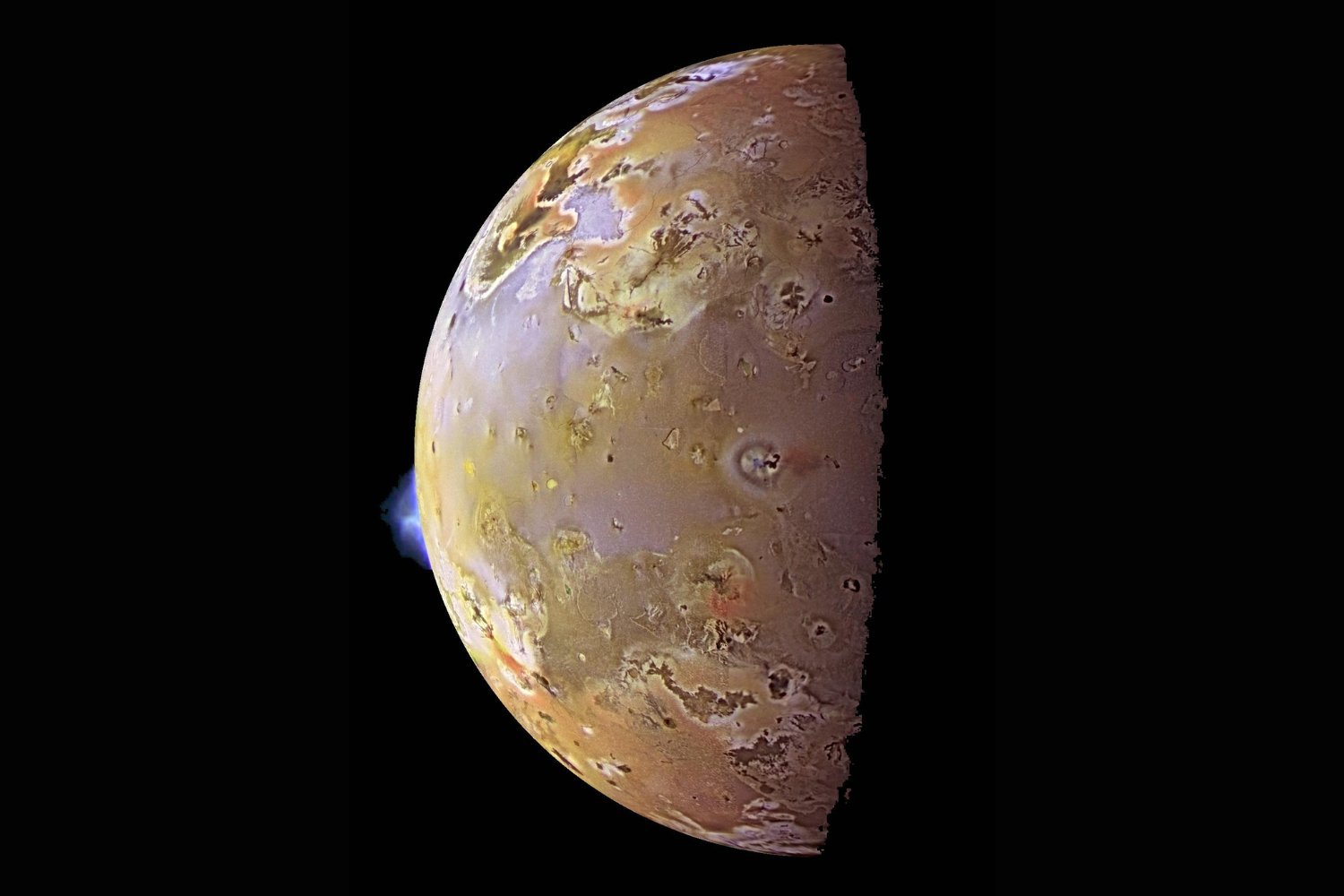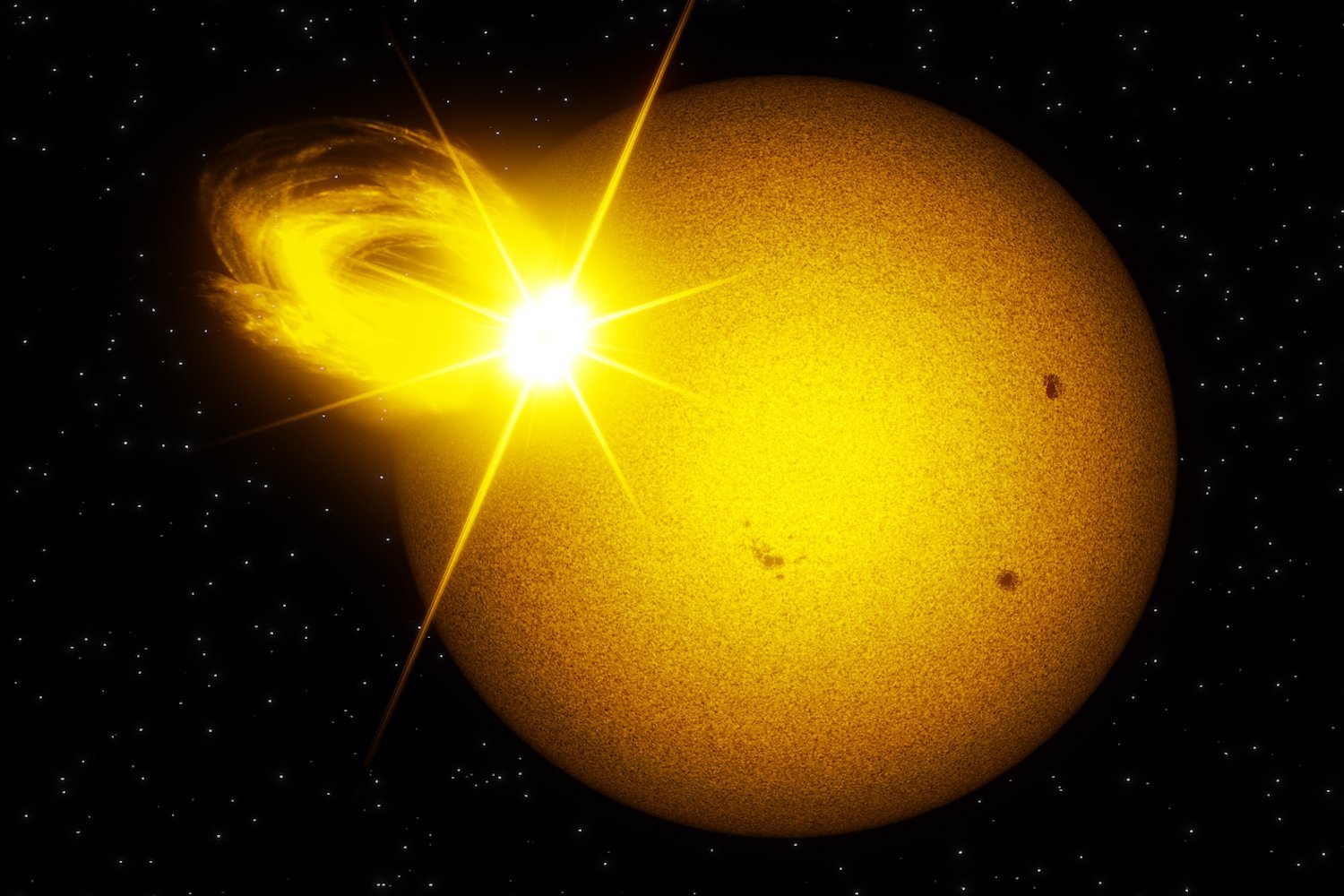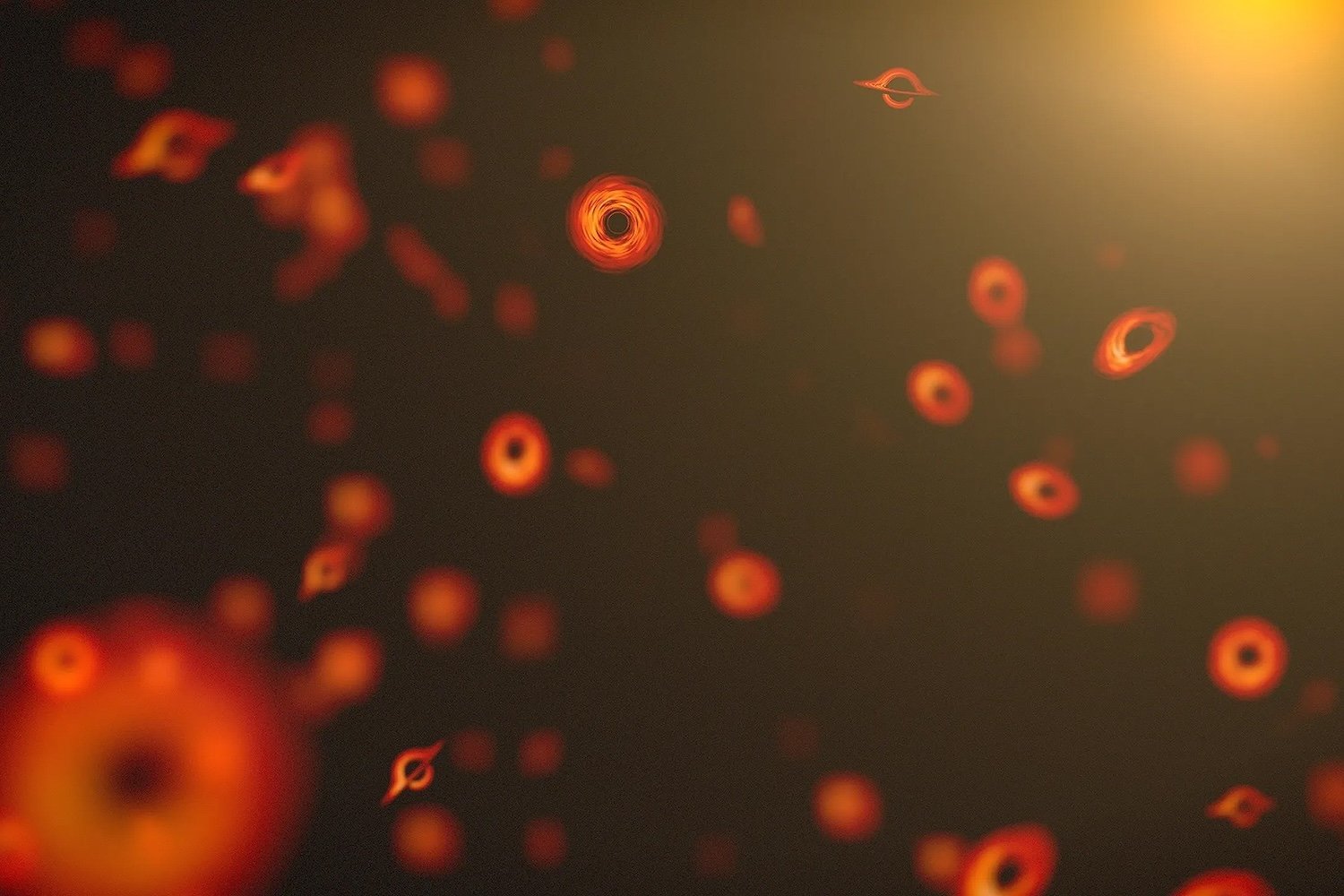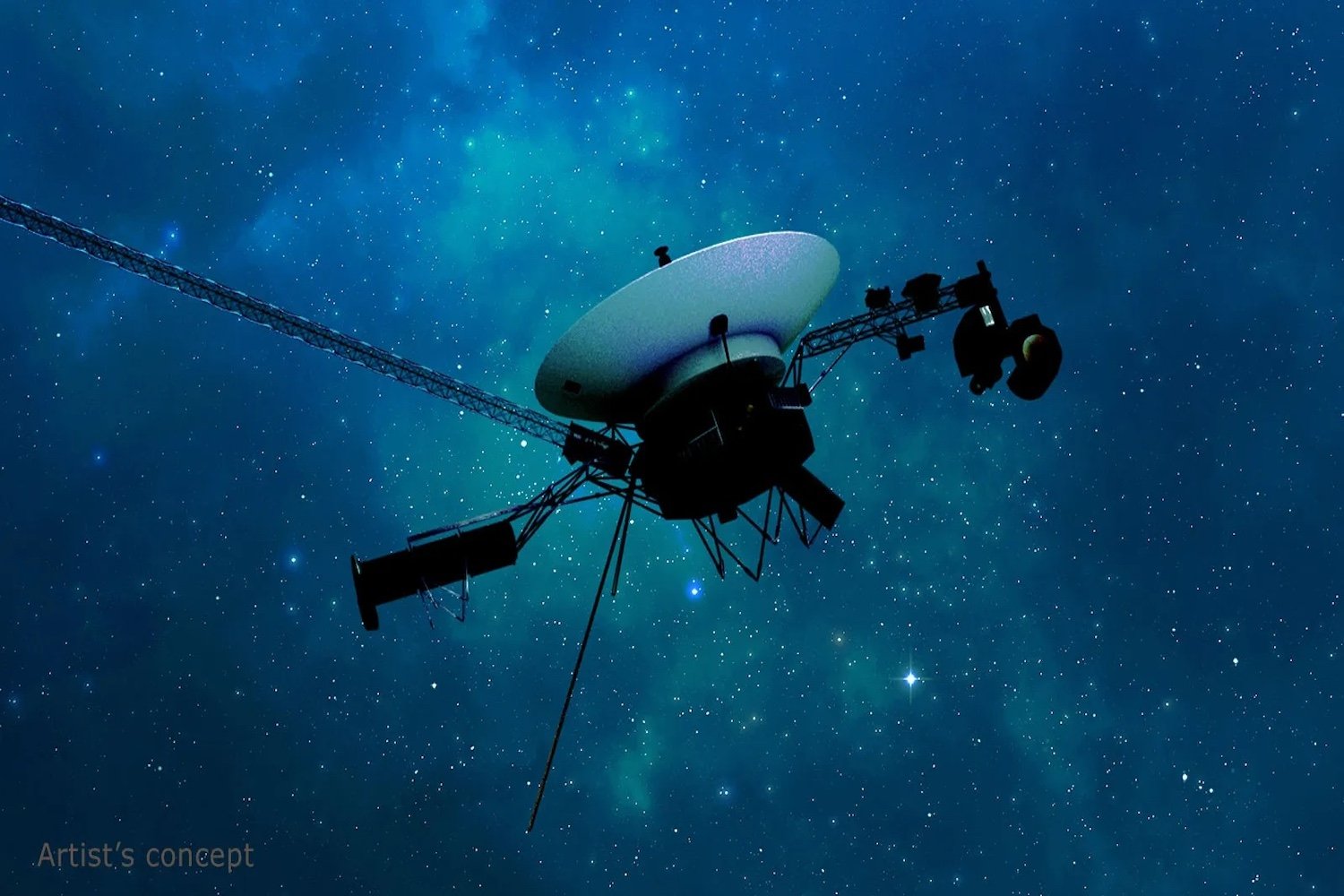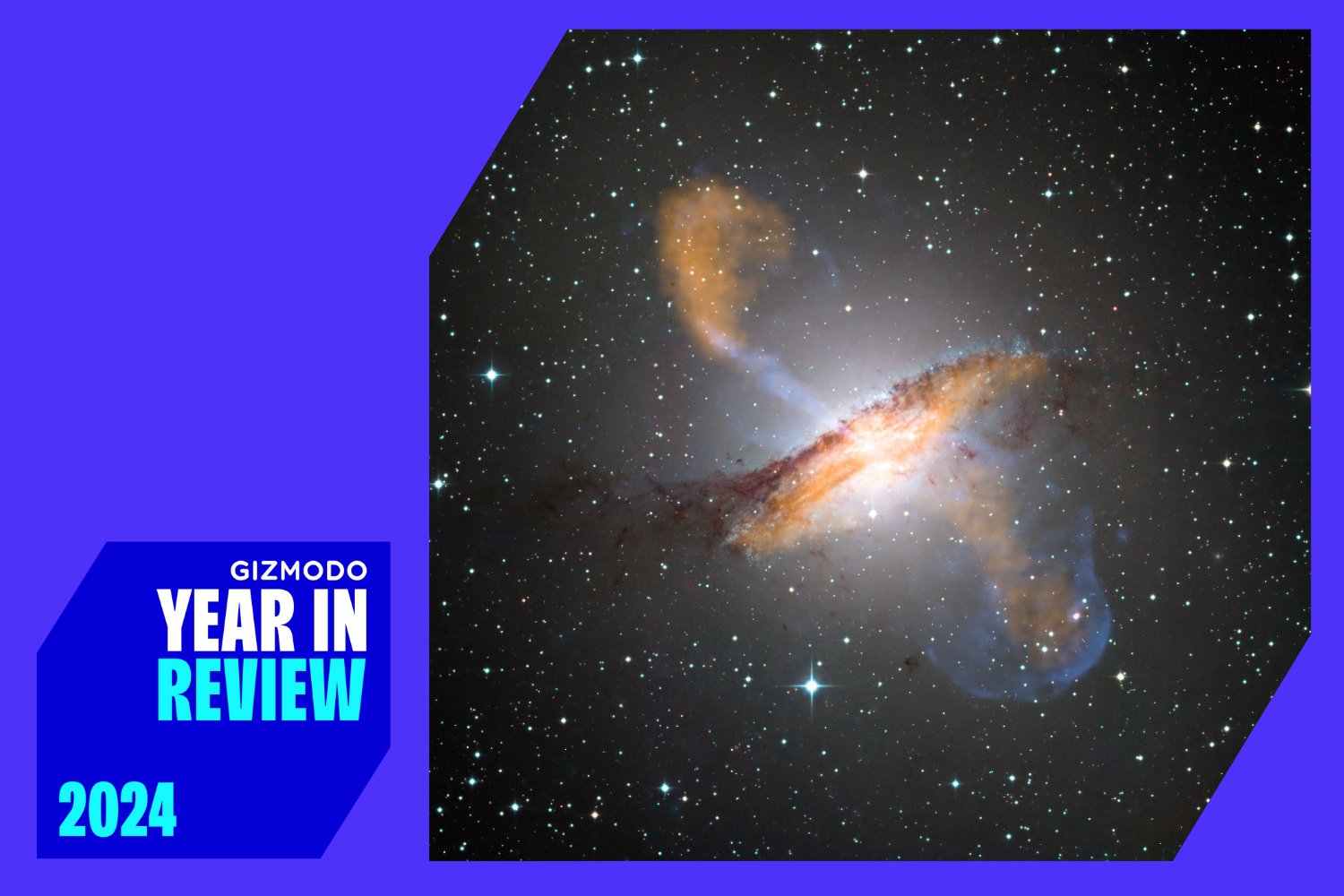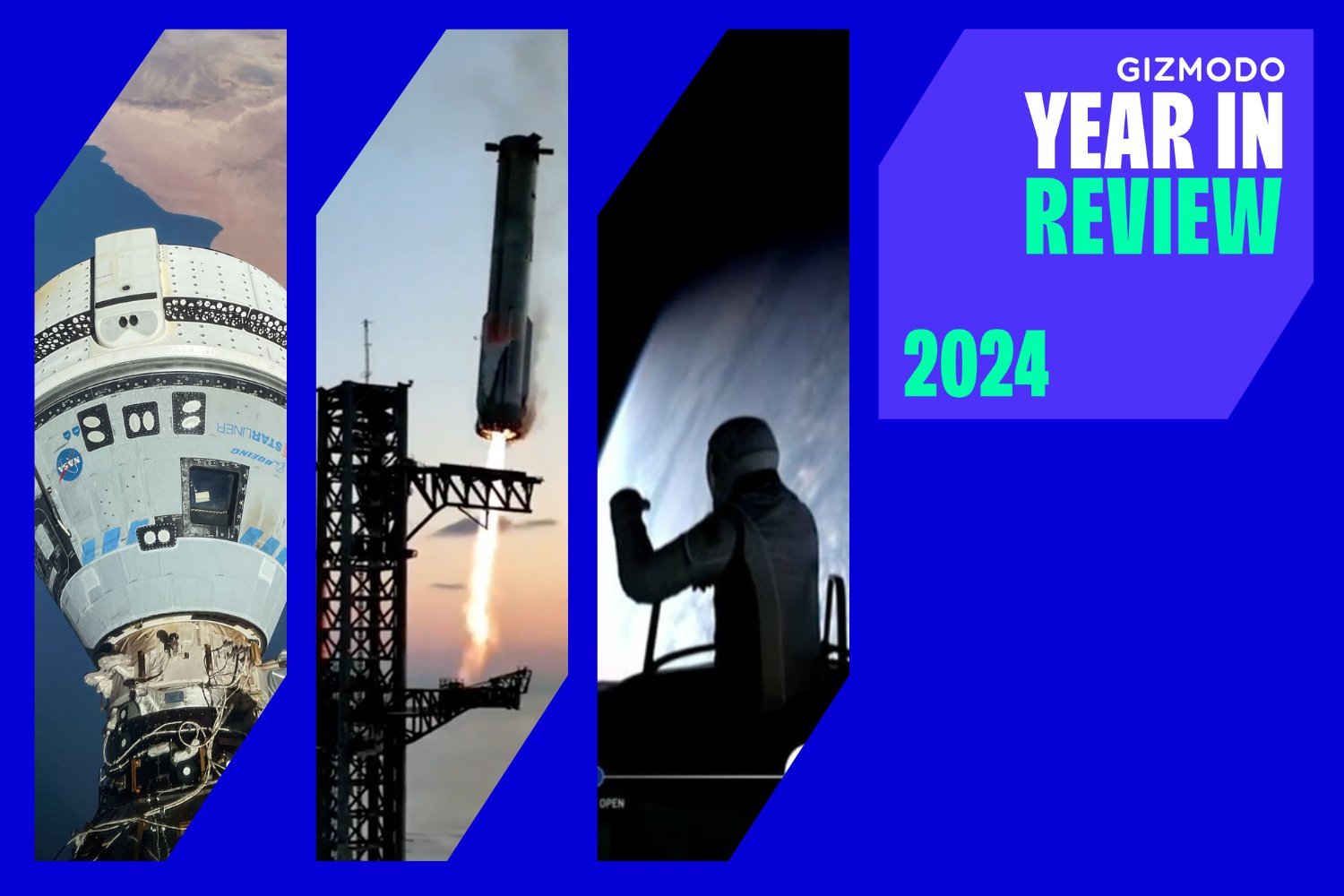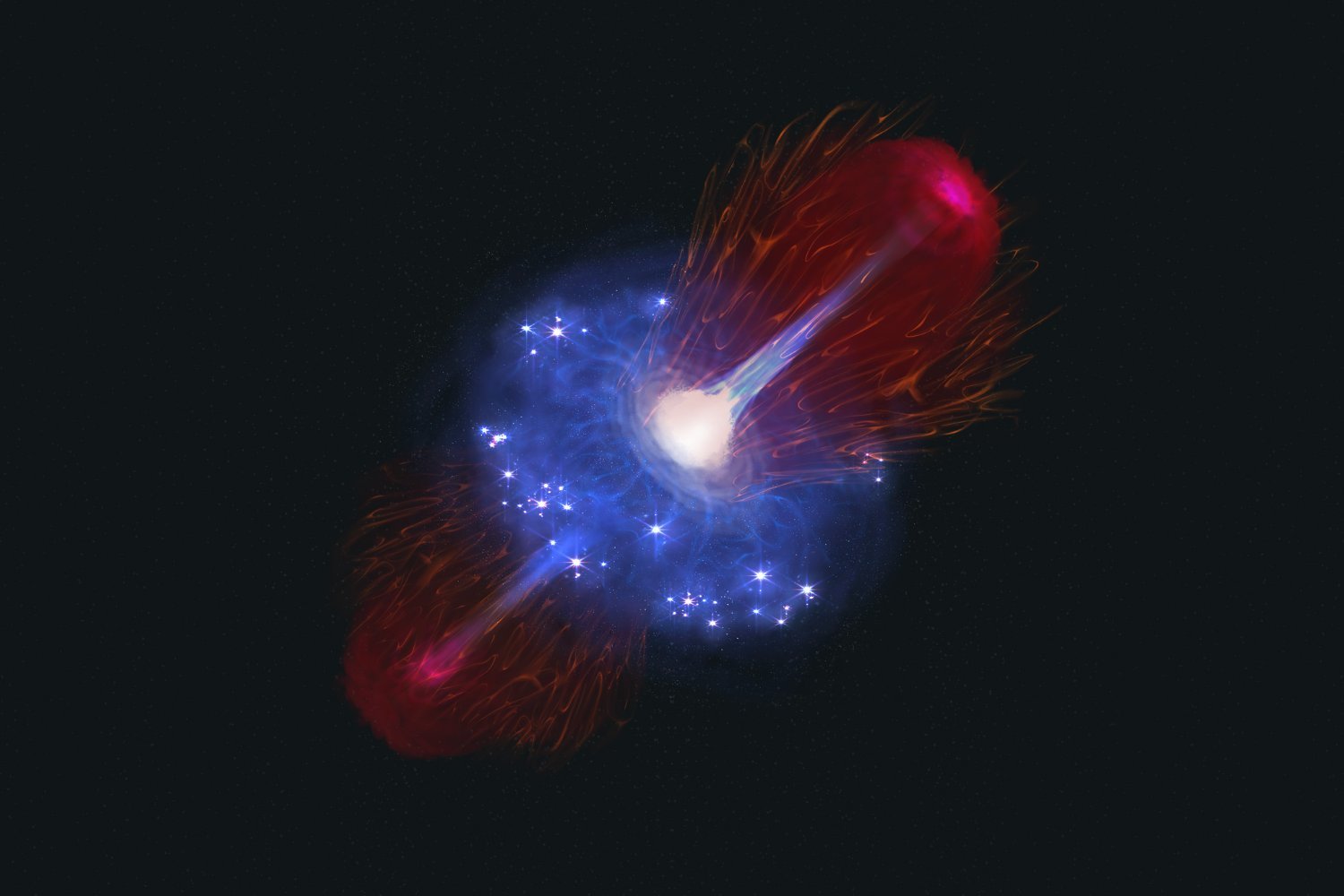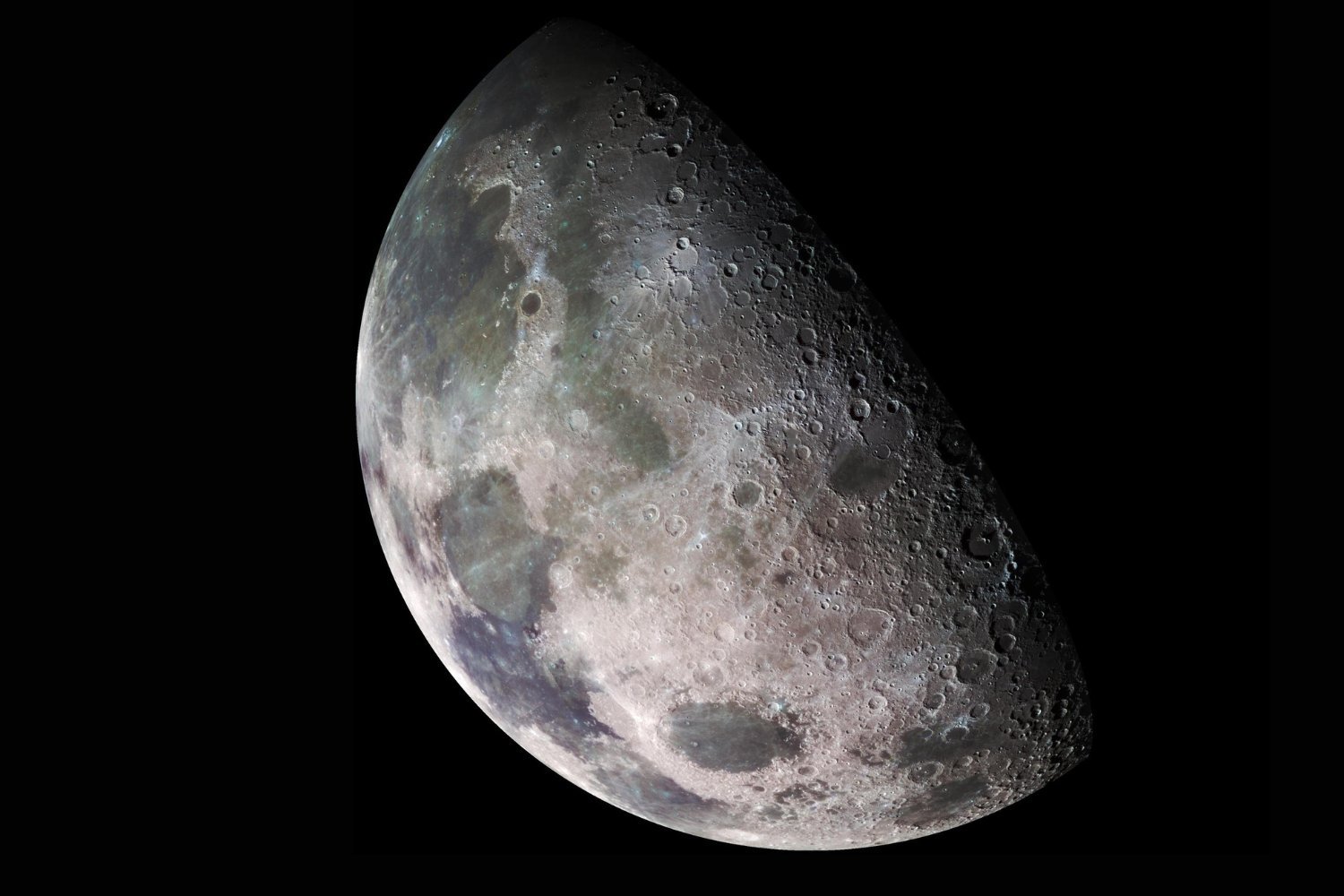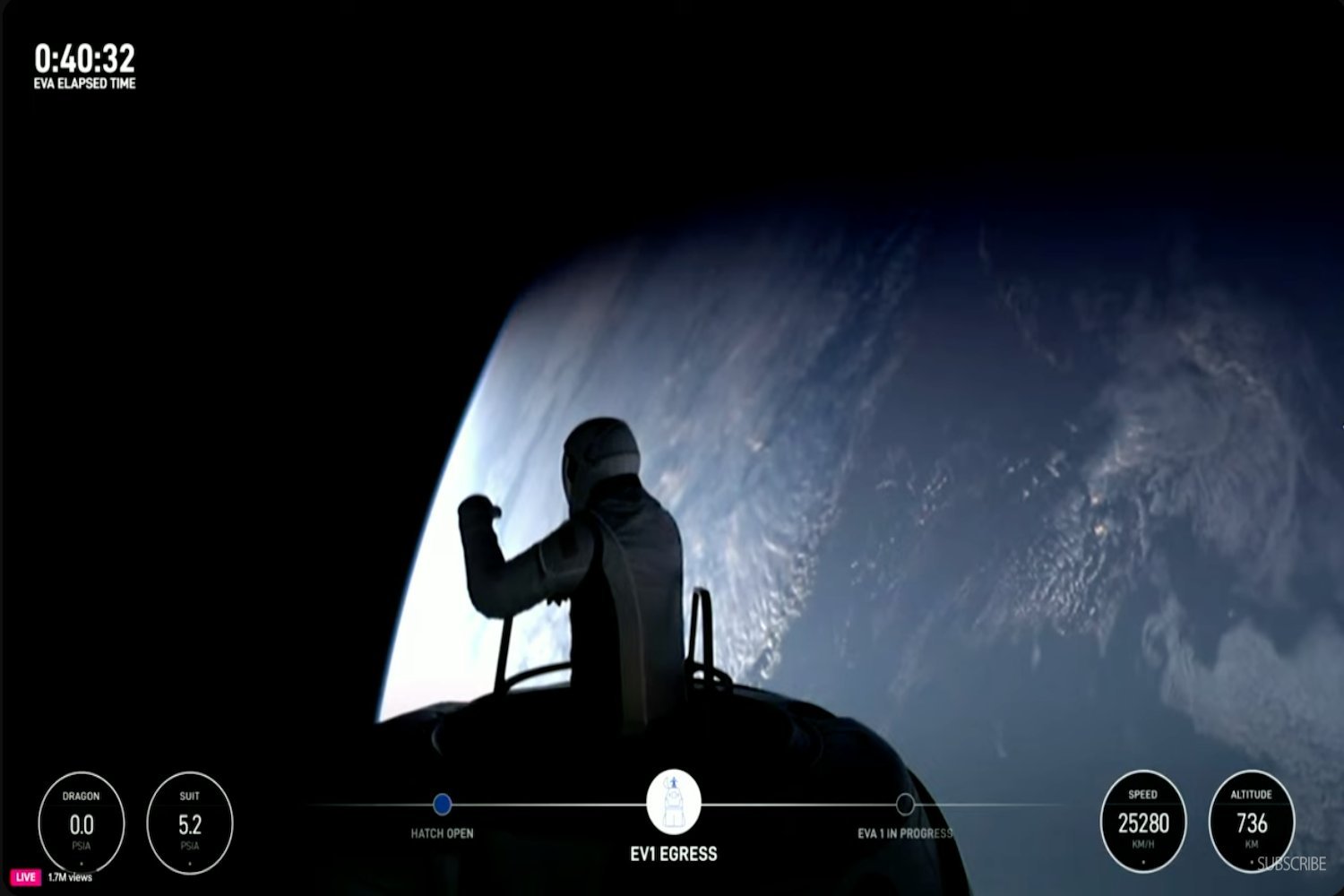Io, Jupiter’s innermost moon, is a volcanic wonderland, boasting more active volcanoes than any other celestial body in our solar system. For over four decades, scientists have puzzled over the source of Io’s intense volcanic activity. Recent data from NASA’s Juno mission provides compelling evidence that these volcanoes are fueled by individual magma chambers, rather than a single, massive underground magma ocean.
This groundbreaking discovery, published in Nature, challenges previous assumptions about Io’s internal structure and has broader implications for our understanding of other moons and even exoplanets. The findings shed light on the mechanisms driving Io’s volcanism and offer valuable insights into planetary formation and evolution.
Juno’s Close Encounters with Io
NASA’s Juno mission, launched in 2011, has been instrumental in unraveling the mysteries of the Jovian system. In December 2023 and February 2024, Juno performed two close flybys of Io, approaching within 930 miles (1,500 kilometers) of its surface.
During these flybys, Juno collected crucial data on Io’s gravity field by measuring the subtle changes in the spacecraft’s acceleration caused by the moon’s gravitational pull. This information provided valuable insights into Io’s “tidal flexing,” a phenomenon driven by the gravitational interaction between Io and Jupiter.
Tidal Flexing and Io’s Volcanism
Io follows an elliptical orbit around Jupiter, experiencing varying gravitational forces as its distance from the gas giant changes. This constant push and pull causes Io to stretch and deform, a process known as tidal flexing or tidal heating. The friction generated by this continuous flexing produces immense heat, melting portions of Io’s interior.
Scientists hypothesized that if Io possessed a global magma ocean, the signature of its tidal deformation would be significantly larger than that of a more rigid, solid interior. By analyzing Juno’s gravity data, they could determine whether a vast magma ocean existed beneath Io’s surface.
Individual Magma Chambers: A New Understanding
The Juno team compared their findings with data from previous missions and ground-based telescopes. The results revealed that Io’s tidal flexing patterns are consistent with the presence of numerous individual magma chambers, rather than a single, interconnected magma ocean.
This discovery has profound implications not only for Io but also for other celestial bodies, including moons like Enceladus and Europa, and even exoplanets. It challenges current models of planetary formation and evolution, prompting scientists to reassess their understanding of these processes.
Conclusion: Rethinking Planetary Evolution
Juno’s findings demonstrate that tidal forces do not always lead to the formation of global magma oceans. This new understanding of Io’s interior structure requires us to reconsider our assumptions about other planetary bodies and their internal dynamics.
The insights gained from Juno’s exploration of the Jovian system offer a valuable opportunity to refine our knowledge of planetary evolution and the diverse geological processes shaping celestial bodies throughout the universe. Future close flybys of Jupiter and its moons promise even more exciting discoveries.



